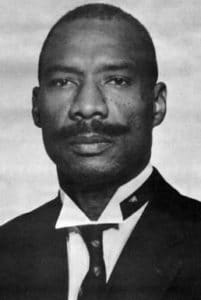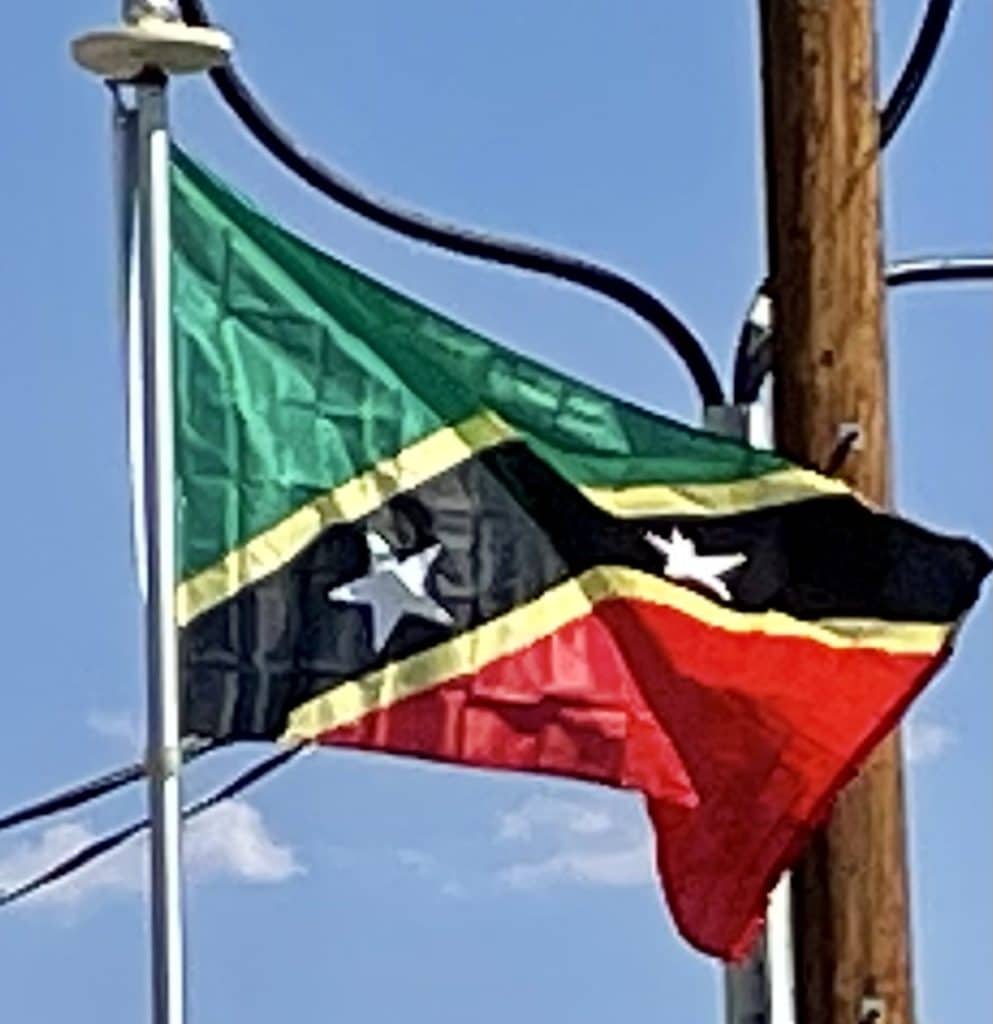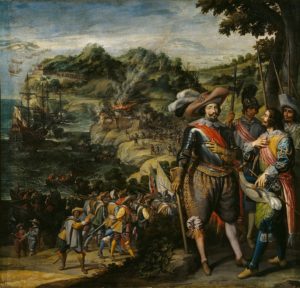
A Spanish expedition of 1629 sent to enforce Spanish claims destroyed the English and French colonies and deported the settlers back to their respective countries. As part of the war settlement in 1630, the Spanish permitted the re-establishment of the English and French colonies. Spain later formally recognized Britain’s claim to St Kitts with the Treaty of Madrid (1670), in return for British cooperation in the fight against piracy.
As Spanish power went into decline, Saint Kitts became the premier base for English and French expansion into the wider Caribbean. From St. Kitts the British settled the islands of Antigua, Montserrat, Anguilla and Tortola, and the French settled Martinique, the Guadeloupe archipelago and Saint Barthélemy. During the late-17th century France and England fought for control over St Kitts and Nevis, fighting wars in 1667, 1689–90, and 1701–13. The French renounced their claim to the islands with the Treaty of Utrecht in 1713. The islands’ economy, already shattered by years of war, was further devastated by natural disasters: in 1690 an earthquake destroyed Jamestown, capital of Nevis, forcing the construction of a new capital at Charlestown; further damage was caused by a hurricane in 1707.
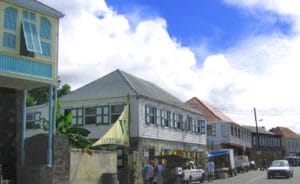
British Colonial Period:
The colony had recovered by the turn of the 18th century, and by the close of the 1700s St. Kitts had become the richest British Crown Colony per capita in the Caribbean as result of its slave-based sugar industry. The 18th century also saw Nevis, formerly the richer of the two islands, being eclipsed by St Kitts in economic importance. Alexander Hamilton was born on Nevis in 1755 or 1757.
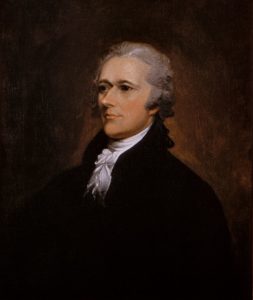
As Britain became embroiled in war with its American colonies, the French decided to use the opportunity to re-capture St Kitts in 1782; however St Kitts was given back and recognized as British territory in the Treaty of Paris (1783).
The African slave trade was terminated within the British Empire in 1807, and slavery outlawed completely in 1834. A four-year “apprenticeship” period followed for each slave, in which they worked for their former owners for wages. On Nevis 8,815 slaves were freed in this way, while St. Kitts had 19,780 freed.
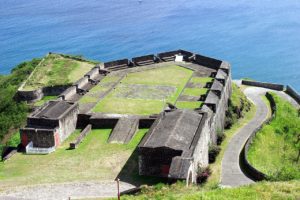
Saint Kitts and Nevis, along with Anguilla, were federated in 1882. In the first few decades of the 20th century economic hardship and lack of opportunities led to the growth of a labor movement; the Great Depression led sugar workers to go on strike in 1935. The 1940s saw the founding of the St Kitts-Nevis-Anguilla Labour Party (later renamed the Saint Kitts and Nevis Labour Party, or SKNLP) under Robert Llewellyn Bradshaw. Bradshaw later became Chief Minister and then Premier of the colony from 1966 to 1978; he sought to gradually bring the sugar-based economy under greater state control. The more conservative-leaning People’s Action Movement party (PAM) was founded in 1965.
